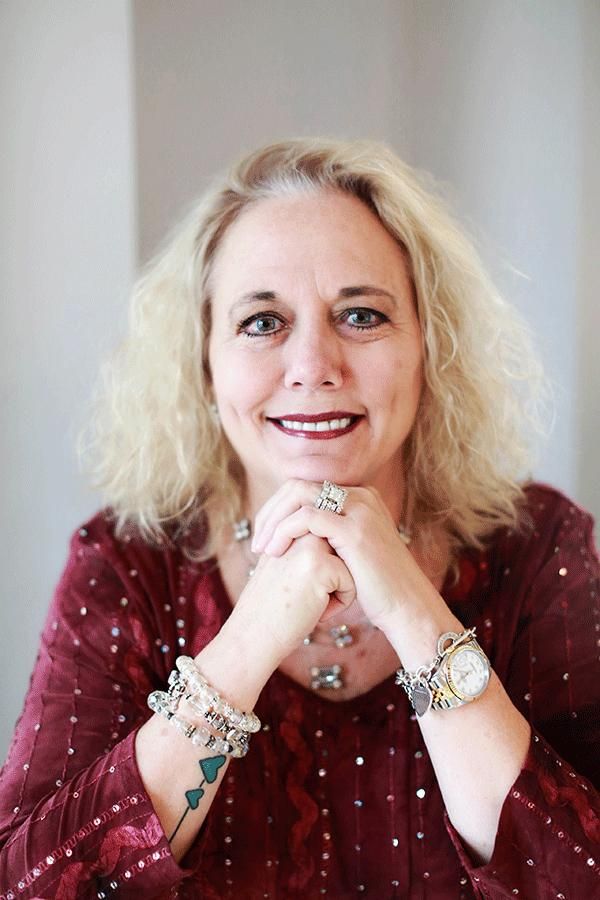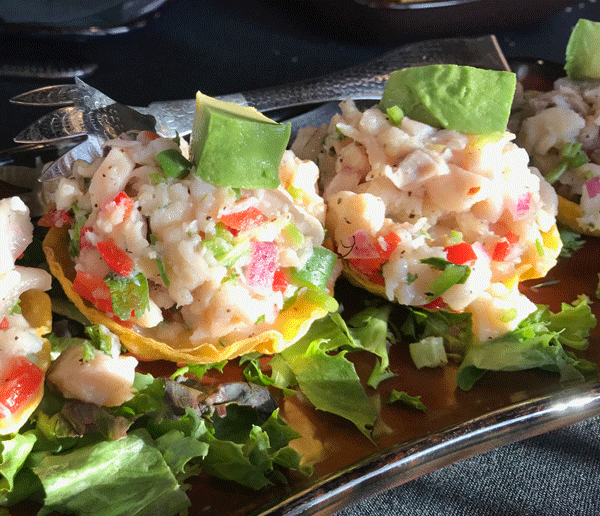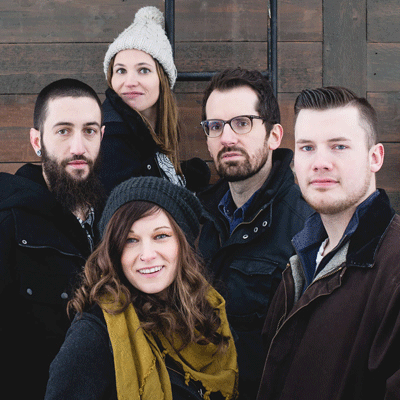As a teacher with Fort Wayne Community Schools, Tammy Robertson spent most of her days reading to children and helping them build friendships while dealing with many of life’s challenges. Her career led her to teach for a few years in Indianapolis before returning to her hometown of Fort Wayne and teaching for several local schools, including Bloomingdale (which had been her own elementary school) and Price (where she spent the most years of her teaching life). With so many years spent with children and so much time spent reading books, it’s not surprising that Robertson would try her own hand at writing a children’s book. Her first effort was more than 15 years ago, but after a couple of rejection letters she put it aside. It wasn’t until a few years ago, now retired and a grandmother of eight, that Robertson decided to dust off that old manuscript and see what she could make of it. The years away and a fresh eye gave her a new perspective.
“The time away from it totally changed my perspective,” she says. “I looked at it again and thought, ‘Wow, this really stinks!’ So I started going to writers’ conferences, took a ton of webinars and really tried to hone in on the craft of writing a children’s book.”
Even as she began to better develop the story, Robertson learned just how difficult the task of getting it published would be.
“In the book world, the children’s market is extremely difficult to break into. There’s huge competition, and children’s books are the most expensive books to print because of all the pictures and illustrations. There may only be 32, 36 pages, but they’re all color, so it’s very expensive for a publishing company to say yes to printing them. The process was very, very, very exciting but also that many very’s frustrating too.”
Bringing not only her teaching experience but also her new understanding of writing to the project, Robertson was thrilled when two publishers made offers in a week’s time.
I was doing my happy dance around the house and couldn’t believe it until I signed on the dotted line. Then there was a lot of jumping over hurdles and hurry up and wait before I was holding the final copy in my hands. The day it arrived in the mail I was out of town, so my husband wrapped it up in a red bow. I started crying before I even opened the package. It was amazing to see my story come to life with all of the illustrations.”
The book, Konnichiwa and Hello, tells the story of two young girls, Valerie and Tomoka, who see beyond their own cultural differences to become friends. Robertson hopes that the message of acceptance and openness to diversity will help bridge some of the gaps she sees in the world today.
“I’ve only ever taught in the inner city with a very diverse culture. I don’t know what the figures are now, but when I was teaching for Fort Wayne Community Schools, there were 57 languages represented in the system. Children were brought to my classroom, and I was told, ‘Get this child to grade level.’ A lot of times the child didn’t speak English, and I would have to try to make these children feel comfortable, even though they don’t know this country, they don’t know our language, they don’t even know our food. So how do I make them all feel comfortable?”
Finding those answers helped Robertson see how many universal needs the children had and how easily those children were able to overlook their differences and see how connected they were by those universalities. The choice of an American and Japanese pair of girls came from her own experience with one of her daughters.
“My own daughter Valerie became friends with a girl whose family moved her from Japan for three years, and for those three years they were best friends. Hopefully because of her upbringing at home, she was able to befriend Tomoka without any thought about their differences in culture. They just hit it off, and our families began spending a lot of time with each other. We learned a lot about each other’s cultures by becoming friends.”
While it took several years to get her first book published, Robertson is picking up the pace now with a second book due out later this year or early next. That book, She’s Just Like Me, will follow the same theme as Konnichiwa and Hello, this time with white and African-American girls seeing their similarity rather than their differences. A third book will explore Hispanic culture while a fourth will look at a child with Down Syndrome. A trip this fall to South Africa will serve as research for another book down the line.
“I plan to touch on a lot of different cultures so I can take kids around the world to see things they might not otherwise experience. I also hope to visit schools to talk about these themes and issues of diversity.”
Robertson hopes that the simple act of reading her books to children can not only help children accept others, but might plant the seed of acceptance in the mind of the adults as well.
“Even though the books are geared toward children, it will probably be an adult who reads it for them the first time. I’m hoping when the adults see how open children are to our differences, they’ll feel better about them too. Parents will see that it’s okay if people eat different kinds of food. In fact, it’s even pretty cool. Little children don’t see color or shapes or sizes until someone plants those seeds in their minds. I don’t want to plant seeds. Children are ready to celebrate diversity and embrace that.”



